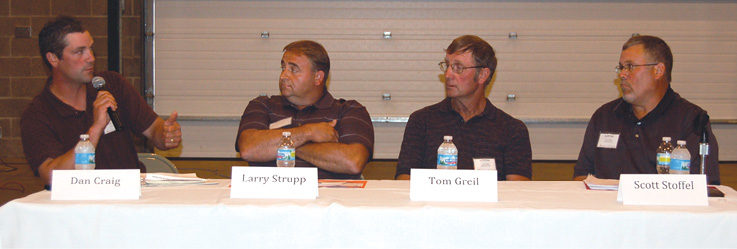No-Till Farmer
Get full access NOW to the most comprehensive, powerful and easy-to-use online resource for no-tillage practices. Just one good idea will pay for your subscription hundreds of times over.

Citing more than two decades of studies, researchers, agronomists and crop consultants said during a soil-improvement symposium that gypsum is helping no-tillers remediate imbalanced soils, improve water filtration and even step up plant fertility.
In the southeastern U.S., gypsum has been used to correct highly weathered soils with low nutrient and water-holding capacity, says Dr. Harry Schomberg, an ecologist based at the USDA’s research station in Watkinsville, Ga. The material has become especially valuable in making clay-heavy soils easier to farm by reducing soil crusting and improving water filtration and transmission.
“Gypsum removes the sodium that causes the clay particles to be dispersed and helps the soils to flocculate,” Schomberg says. “Many of our soils have subsoil acidity and aluminum toxicity, and gypsum helps by getting more calcium into the soil.”
About 33 million tons of poultry litter is generated in the U.S. each year by 7.8 million broilers, with much of the waste used for crop fertilizer. Poultry farms have been blamed for phosphorus losses through runoff and high concentrations of phosphorus in the soil.
In some regions, gypsum is being used to tie up phosphorus in the soil and make it available for crops, rather than having it run off into watersheds, Schomberg says.
The USDA says gypsum from flue-gas deposits (FGD) has the potential for removing 100 to 700 tons of phosphorus a day from the Mississippi River, and 4,000 tons of phosphorus loss from poultry litter in the Southern states annually.